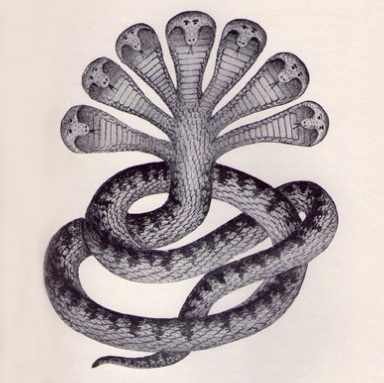The artists in this exhibition continue in the tradition of earlier generations of Los Angeles artists, employing strategies of appropriation and recombination to explore issues of political action, gender, autonomy, and race.

Seven Los Angeles Artists
Artists
| Anonymous 1 | Anonymous’ Vaseline Muses or ‘How I Got into Art’ -seen here in its first West Coast showing- is a series of photographs and a book by Anonymous, a male Los Angeles artist. Anonymous rephotographs iconic images of nude female performance artists through the (literally) Vaseline-covered lens of Hollywood glamour photography, infusing images of female power with a dose of adolescent male desire. Diedrich Diederichsenʼs essay in the book addresses the complex relationship between European left-liberal magazines and glamorized images of revolutionary women on their pages. |
| Anonymous 2 | A second anonymous artist contributes a series of meditations on the relationship between aesthetics, radical politics, sport, and cheese in the works Lost Continent of Mu/ King of the Mountain and Frommage de Guerre. Displayed in cases somewhere between museum vitrines and commercial displays, the works form a palimpsest of the radical politics and popular culture of the last several decades. |
| Erin Cosgrove | Erin Cosgrove’s 7 Romance Novels feature cover images of the artist paired with romance-novel cover star Fabio. Her use of Fabio’s iconic image (she hired him for the cover shoots) and her “romantic” interactions with him are simultaneously an appropriation of his identity as mass fantasy object and a play on the “romantic” persona of the artist. The Baader-Meinhof Affair (one of the novels, also shown here in its recent German translation) literalizes the popular romanticization of the Baader-Meinhof gang and itsʼ revolutionary violence by making it the subject of the romance novel. |
| Mark Hagen | Mark Hagen’s To Be Titled (Additive Sculpture, Stack #1) and Balearic Islands Great Ape Personhood Flag (proposed mock-up) employ different conceptual and appropriative strategies to explore notions of hierarchy. Stack #1 uses mass-produced consumer items -Gatorade bottles, etc.-as molds for its cast concrete components. The individual components comprising the stack can be repositioned, “de-hierarchizing” modernist notions of sculpture handed down from Brancusi and pointing to the reciprocal and mutual influence of commercial/industrial design and minimalist sculpture. BalearicIslands Great Ape Personhood Flag (proposed mock-up) envisions a collaboration between Hagen and Kanzi, a Great Ape “painter” in redesigning the Balearic Islandsʼ flag to commemorate the passage of recent Balearic Islands law extending personhood to Great Apes. This expanded conception of personhood points to an expanded definition of artist and collaboration. |
| Mike Kelley | Mike Kelley’s video Superman recites selections from “The Bell Jar” and other works by Sylvia Plath features the superhero reciting lines from Sylvia Plathʼs classic book to a large bottle- at once bell jar and container of his birth city Kandor. Superman is alternately ultra-masculine, morose, and hysterical as he recites. The recombinative effect of these two “classic texts” is jarring and hilarious, a reflection on gender, Utopia, isolation, and despair. |
| Rodney Mcmillian | Rodney Mcmillian’s video Untitled (Michael Jackson) from “The Michael Jackson Project“ is simultaneously a virtuoso performance and an examination of gender, race, and voice. Wearing a white t-shirt and irregularly applied clown makeup, Mcmillian lip-syncs Gladys Knight singing “The Way We Were / Try To Remember.” The carefully rehearsed intensity of the performance suggests Jacksonʼs own perfectionism and intensity while the makeup and confusion between performer and voice address complex issues of race and gender. |
Curated by
Scott Benzel


